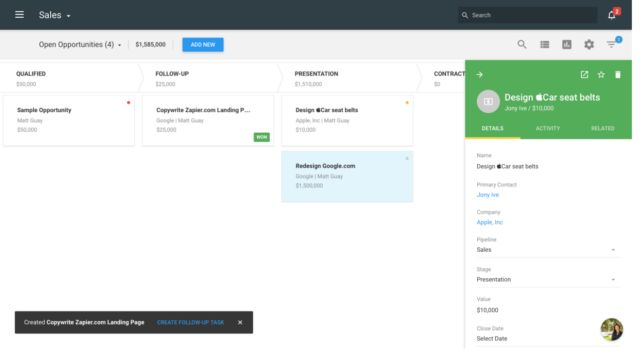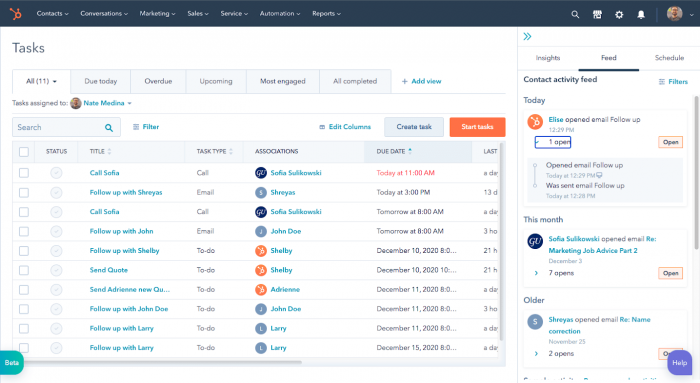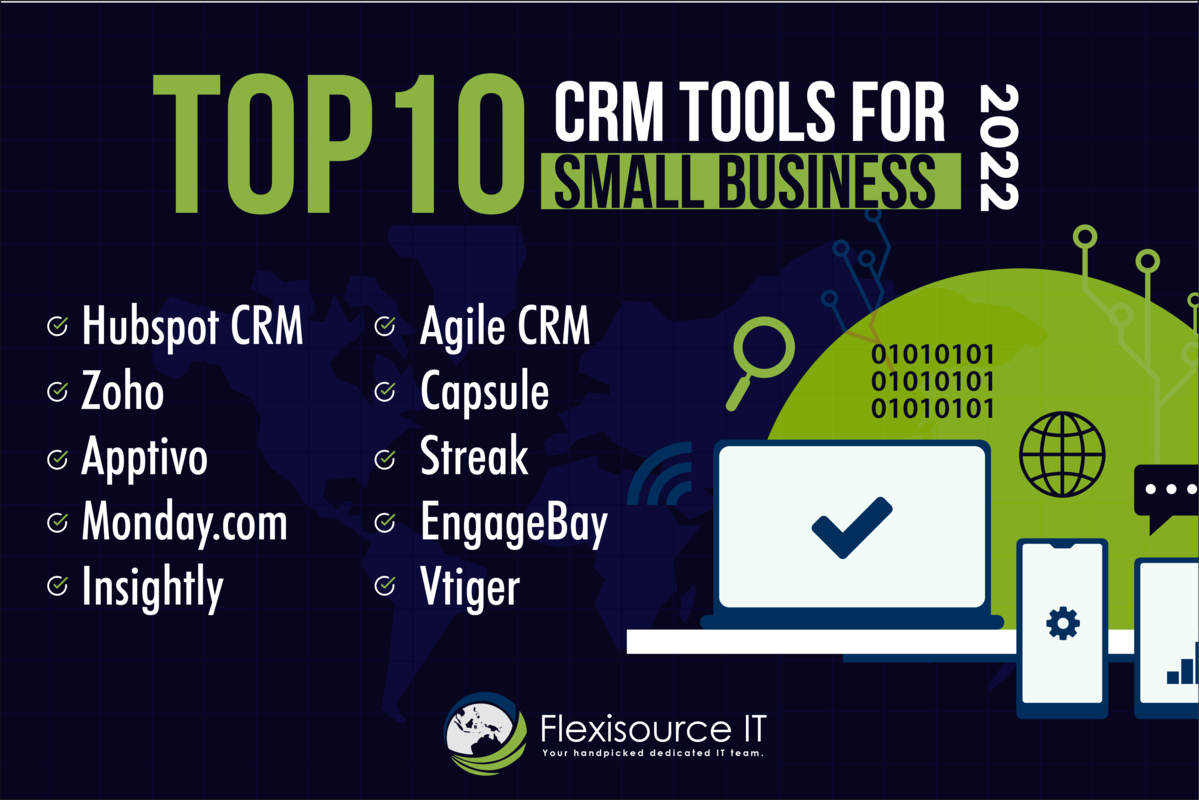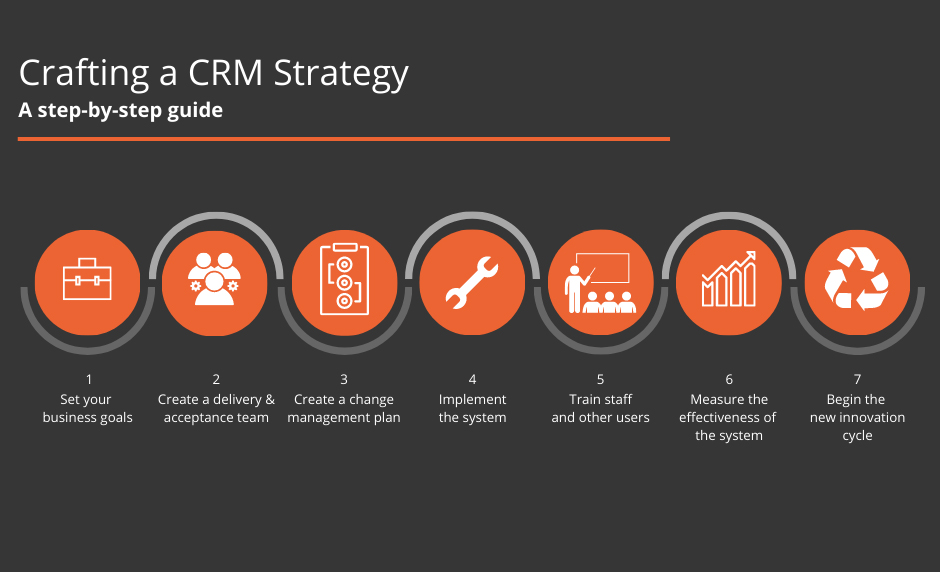Mastering CRM Marketing Content Strategy: A Comprehensive Guide to Driving Engagement and Growth
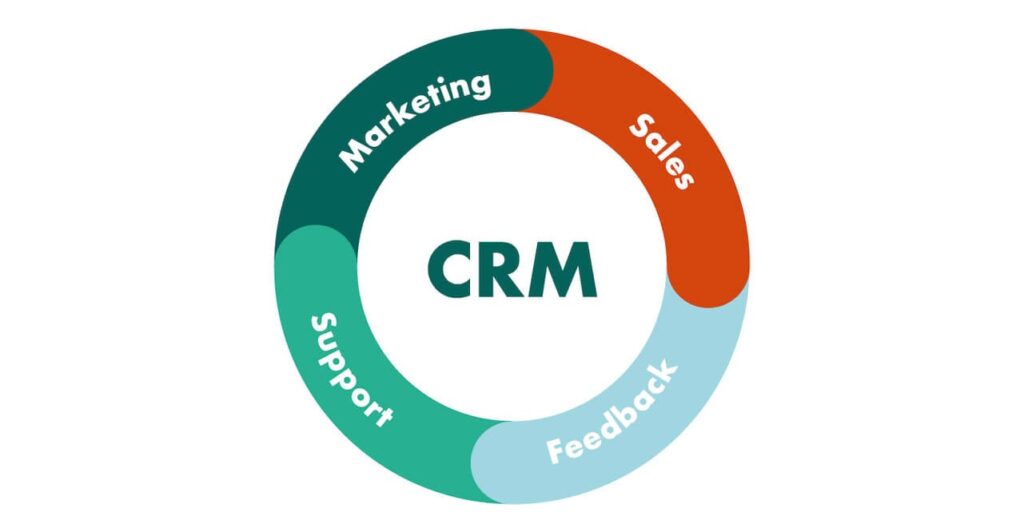
Mastering CRM Marketing Content Strategy: A Comprehensive Guide to Driving Engagement and Growth
In the ever-evolving landscape of digital marketing, Customer Relationship Management (CRM) has become more than just a software; it’s the backbone of a successful business. But having a CRM system is only half the battle. The true magic happens when you combine your CRM with a robust content strategy. This guide will delve deep into the art and science of CRM marketing content strategy, providing you with the knowledge and tools to transform your CRM data into compelling content that drives engagement, nurtures leads, and ultimately, fuels growth. We’ll explore everything from understanding your audience to measuring your success, ensuring you have a comprehensive understanding of how to leverage CRM data to create content that resonates.
Understanding the Synergy: CRM and Content Marketing
Before we dive into the specifics, let’s clarify the powerful relationship between CRM and content marketing. CRM systems collect and organize valuable customer data, including demographics, purchase history, preferences, and interactions. This data is a goldmine for content marketers. It allows you to:
- Personalize content: Tailor your messages to individual customer needs and interests.
- Segment your audience: Group customers based on shared characteristics for targeted campaigns.
- Optimize your content calendar: Create content that aligns with the customer journey.
- Measure ROI: Track the effectiveness of your content based on CRM data.
Content marketing, in turn, provides the fuel for your CRM system. It generates leads, nurtures prospects, and keeps existing customers engaged. By integrating the two, you create a powerful flywheel effect, where each component strengthens the other.
Step 1: Define Your Target Audience – The Foundation of Your Strategy
The cornerstone of any successful CRM marketing content strategy is a deep understanding of your target audience. You can’t create content that resonates if you don’t know who you’re talking to. This involves:
1.1. Customer Segmentation
CRM data provides the perfect opportunity to segment your audience. Instead of treating everyone the same, you can group customers based on shared characteristics. Common segmentation criteria include:
- Demographics: Age, gender, location, income, education.
- Psychographics: Values, interests, lifestyle, personality.
- Behavior: Purchase history, website activity, email engagement, social media interactions.
- Customer Journey Stage: Awareness, consideration, decision, retention, advocacy.
By segmenting your audience, you can create highly targeted content that speaks directly to their needs and interests. For instance, you might create a series of blog posts for new customers, a webinar for prospects in the consideration phase, and a loyalty program for existing customers.
1.2. Creating Customer Personas
Customer personas are semi-fictional representations of your ideal customers. They go beyond basic demographics and delve into the motivations, pain points, and goals of your target audience. To create effective personas, consider the following:
- Research: Conduct surveys, interviews, and analyze CRM data to gather insights.
- Name and photo: Give your persona a name and a photo to make them more relatable.
- Demographics: Include basic demographic information.
- Goals and motivations: What are they trying to achieve? What drives them?
- Pain points: What challenges do they face? What problems are they trying to solve?
- Content preferences: What types of content do they consume? Where do they get their information?
Once you have created your personas, use them as a guide when creating content. Ask yourself, “Would [persona name] find this content valuable?”
Step 2: Setting Goals and Objectives – Defining Success
Before you start creating content, it’s crucial to define your goals and objectives. What do you want to achieve with your CRM marketing content strategy? Common goals include:
- Generating leads: Attracting new prospects and converting them into qualified leads.
- Nurturing leads: Guiding leads through the sales funnel and moving them closer to a purchase.
- Increasing sales: Driving revenue and increasing sales conversions.
- Improving customer retention: Keeping existing customers engaged and reducing churn.
- Boosting brand awareness: Increasing brand visibility and recognition.
- Enhancing customer loyalty: Building strong relationships with customers and encouraging repeat business.
For each goal, set specific, measurable, achievable, relevant, and time-bound (SMART) objectives. For example, if your goal is to generate leads, your objective might be “Increase qualified leads by 20% in the next quarter.” Clear objectives will help you track your progress and measure the success of your strategy.
Step 3: Content Planning and Creation – Bringing Your Strategy to Life
With your audience defined and your goals set, it’s time to plan and create your content. This involves:
3.1. Content Mapping
Content mapping is the process of aligning your content with the customer journey. This involves understanding the different stages of the customer journey and creating content that addresses the needs and interests of customers at each stage. The typical customer journey stages are:
- Awareness: Customers are just becoming aware of your brand or product.
- Consideration: Customers are researching different options and considering your product.
- Decision: Customers are ready to make a purchase.
- Retention: Customers have made a purchase and you’re working to keep them engaged.
- Advocacy: Customers are loyal and actively promoting your brand.
For each stage, create content that addresses the specific needs and concerns of customers at that stage. For example:
- Awareness: Blog posts, infographics, social media posts.
- Consideration: Case studies, product demos, webinars.
- Decision: Free trials, special offers, testimonials.
- Retention: Customer support resources, exclusive content, loyalty programs.
- Advocacy: Referral programs, user-generated content campaigns.
3.2. Content Formats
Choose content formats that resonate with your target audience and align with your objectives. Popular content formats include:
- Blog posts: Share valuable insights, educate your audience, and establish thought leadership.
- Ebooks and white papers: Provide in-depth information and generate leads.
- Videos: Engage your audience with visual content and tutorials.
- Infographics: Present complex information in a visually appealing format.
- Email newsletters: Keep your audience informed and nurture leads.
- Social media posts: Engage with your audience and promote your content.
- Webinars: Educate your audience and generate leads.
- Case studies: Showcase the success of your products or services.
- Podcasts: Reach a wider audience with audio content.
3.3. Content Calendar
Create a content calendar to plan and schedule your content. This will help you stay organized, ensure consistency, and track your progress. Your content calendar should include:
- Content topic: The subject of your content.
- Content format: The type of content (blog post, video, etc.).
- Target audience: The specific segment or persona you’re targeting.
- Keywords: The relevant keywords you’re targeting.
- Publication date: The date you plan to publish the content.
- Promotion plan: How you will promote the content.
- Owner: The person responsible for creating and publishing the content.
Step 4: Content Distribution and Promotion – Getting Your Content Seen
Creating great content is only half the battle. You also need to distribute and promote it to reach your target audience. This involves:
4.1. Email Marketing
Email marketing is a powerful tool for distributing your content and nurturing leads. Use your CRM data to segment your email list and send targeted emails. Consider these strategies:
- Welcome emails: Introduce new subscribers to your brand and content.
- Lead nurturing emails: Guide leads through the sales funnel with relevant content.
- Promotional emails: Promote your products, services, and special offers.
- Newsletters: Share valuable content and updates with your audience.
- Segmentation: Tailor your email content to specific customer segments based on their interests and behaviors.
4.2. Social Media Marketing
Social media is a great way to promote your content and engage with your audience. Share your content on relevant platforms and engage with your followers. Consider these strategies:
- Choose the right platforms: Focus on the platforms where your target audience is most active.
- Create engaging content: Use visuals, videos, and interactive content to capture attention.
- Use relevant hashtags: Increase the visibility of your content.
- Engage with your audience: Respond to comments, answer questions, and participate in conversations.
- Run social media ads: Reach a wider audience and promote your content.
4.3. SEO Optimization
Optimize your content for search engines to increase its visibility and attract organic traffic. This involves:
- Keyword research: Identify relevant keywords that your target audience is searching for.
- On-page optimization: Optimize your content title, headings, and body text with your target keywords.
- Off-page optimization: Build backlinks from authoritative websites.
- Technical SEO: Ensure your website is mobile-friendly, fast-loading, and has a good user experience.
4.4. Paid Advertising
Consider using paid advertising to reach a wider audience and promote your content. Platforms like Google Ads and social media advertising platforms offer powerful targeting options. This can be a great way to generate leads and drive traffic to your website.
Step 5: CRM Integration and Personalization – Leveraging Your Data
The true power of CRM marketing content strategy lies in the integration of your CRM system with your content creation and distribution efforts. This involves:
5.1. Data Integration
Ensure your CRM system is integrated with your content management system (CMS), email marketing platform, and other marketing tools. This will allow you to:
- Import and export data: Seamlessly share customer data between your CRM and other platforms.
- Track customer behavior: Monitor website activity, email engagement, and other interactions within your CRM.
- Personalize content: Use CRM data to personalize your content and create targeted campaigns.
5.2. Personalization Strategies
Use your CRM data to personalize your content and create a more relevant and engaging experience for your customers. Personalization strategies include:
- Personalized email subject lines: Use the customer’s name or other relevant information.
- Dynamic content: Display different content based on the customer’s interests or behavior.
- Personalized product recommendations: Recommend products based on the customer’s purchase history.
- Behavioral targeting: Target customers with specific content based on their website activity or email engagement.
5.3. Automation
Automate your marketing processes to save time and improve efficiency. Automation can be used for:
- Email marketing: Send automated email sequences based on customer behavior.
- Lead nurturing: Nurture leads through the sales funnel with automated email campaigns.
- Social media posting: Schedule and automate your social media posts.
- Personalized workflows: Automate personalized messages and offers based on customer actions.
Step 6: Measuring and Analyzing Results – Refining Your Strategy
The final step in your CRM marketing content strategy is to measure and analyze your results. This will help you understand what’s working and what’s not, and allow you to refine your strategy for better performance. This involves:
6.1. Key Performance Indicators (KPIs)
Identify the key performance indicators (KPIs) that are most important to your business. Common KPIs include:
- Website traffic: Track the number of visitors to your website.
- Lead generation: Track the number of leads generated.
- Conversion rates: Track the percentage of leads that convert into customers.
- Customer engagement: Track email open rates, click-through rates, and social media engagement.
- Customer retention: Track the percentage of customers that remain loyal.
- Return on investment (ROI): Calculate the ROI of your content marketing efforts.
6.2. Analytics Tools
Use analytics tools to track your KPIs and measure your results. Popular analytics tools include:
- Google Analytics: Track website traffic, user behavior, and conversions.
- CRM analytics: Track customer data, sales performance, and marketing campaign results.
- Email marketing analytics: Track email open rates, click-through rates, and conversions.
- Social media analytics: Track social media engagement, reach, and follower growth.
6.3. Reporting and Analysis
Regularly review your data and analyze your results. Identify trends, patterns, and areas for improvement. Use your findings to:
- Optimize your content: Refine your content based on what’s working and what’s not.
- Adjust your targeting: Refine your targeting based on customer behavior and preferences.
- Improve your distribution: Optimize your distribution channels based on what’s most effective.
- Refine your overall strategy: Continuously refine your strategy to achieve better results.
Advanced Strategies for CRM Marketing Content Strategy
Once you’ve mastered the basics of CRM marketing content strategy, you can explore more advanced strategies to further enhance your results.
1. Account-Based Marketing (ABM)
Account-based marketing (ABM) is a targeted approach that focuses on engaging specific accounts with personalized content. Use your CRM data to identify high-value accounts and create custom content that addresses their specific needs and interests. This can be highly effective for B2B businesses.
2. Hyper-Personalization
Take personalization to the next level by using advanced data and analytics to create highly personalized experiences for your customers. This can involve using AI-powered tools to analyze customer data and deliver personalized content, product recommendations, and offers.
3. Video Marketing
Video is a powerful content format that can be used to engage your audience and drive conversions. Create video content that addresses the needs and interests of your target audience, such as product demos, tutorials, customer testimonials, and behind-the-scenes glimpses of your company.
4. Interactive Content
Interactive content, such as quizzes, polls, and calculators, can be a great way to engage your audience and generate leads. Use interactive content to collect valuable customer data and personalize your marketing efforts.
5. User-Generated Content (UGC)
Encourage your customers to create and share content about your brand. User-generated content (UGC) can be a great way to build trust, increase engagement, and drive conversions. Run contests, ask for reviews, and feature customer testimonials on your website and social media channels.
Challenges and Solutions in CRM Marketing Content Strategy
While CRM marketing content strategy can be incredibly effective, it’s not without its challenges. Here are some common challenges and solutions:
1. Data Quality
Challenge: Inaccurate or incomplete CRM data can undermine your efforts.
Solution: Regularly clean and update your CRM data. Implement data validation rules to ensure data accuracy. Train your team on proper data entry practices.
2. Siloed Data
Challenge: Data silos can prevent you from getting a complete view of your customers.
Solution: Integrate your CRM with other marketing tools and systems. Use a data management platform to centralize your customer data.
3. Lack of Personalization
Challenge: Failing to personalize your content can lead to disengagement.
Solution: Segment your audience and tailor your content to their specific needs and interests. Use dynamic content and personalized email subject lines.
4. Measuring ROI
Challenge: Measuring the ROI of your content marketing efforts can be challenging.
Solution: Track your KPIs and use analytics tools to measure your results. Attribute conversions to specific content pieces and campaigns.
5. Content Creation
Challenge: Creating high-quality content can be time-consuming and resource-intensive.
Solution: Develop a content calendar and plan your content in advance. Repurpose existing content into different formats. Outsource content creation if needed.
Conclusion: The Future of CRM Marketing Content Strategy
CRM marketing content strategy is no longer optional; it’s essential for businesses that want to thrive in today’s competitive landscape. By understanding your audience, setting clear goals, creating compelling content, and leveraging the power of CRM data, you can drive engagement, nurture leads, and achieve sustainable growth. The future of CRM marketing content strategy lies in personalization, automation, and data-driven decision-making. Embrace these strategies, and you’ll be well-positioned to succeed in the years to come. Remember to continuously analyze your results, refine your strategy, and adapt to the ever-changing marketing landscape. The key is to remain flexible, innovative, and customer-centric.

